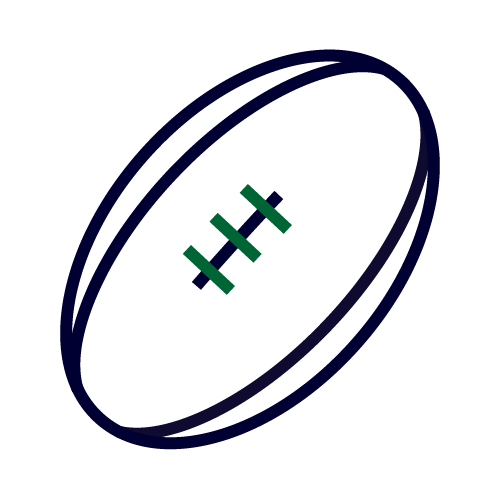EVIDENCE BASE FOR SPORT
Socio-economic status and sport
Socio-economic status (SES) refers to where you stand in society based on both your social and financial position. This is usually measured by income, education, employment, occupation, housing, and family structure. 14
PARTICIPATION - 2018 to 2022
Estimated age group participation in sport-related activities at least once a week 15
Household income
Employment
Education (highest level completed)
Most popular sport-related activities based on income (estimated participants, aged 18 years and over) 17
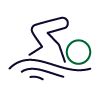
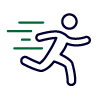
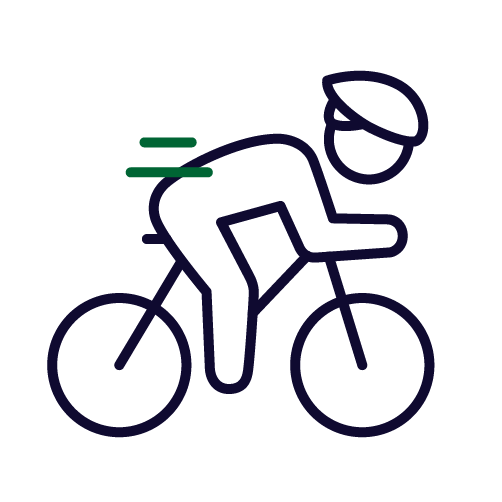























































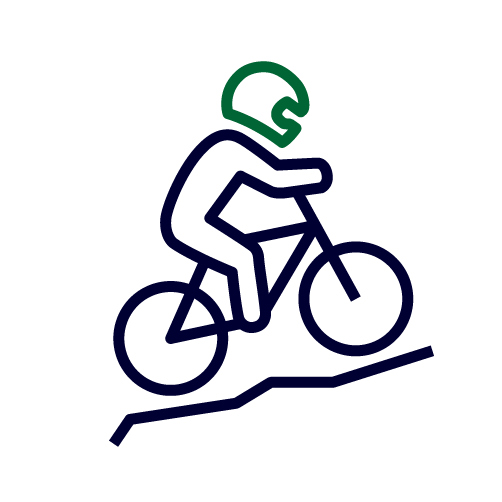

<$40,000
Swimming - 271,000
Running/Athletics - 198,000
Cycling - 191,000
Golf - 83,000
Bowls - 66,000
Tennis - 65,000
Football/soccer - 60,000
Basketball - 44,000
Netball - 31,000
Surfing - 29,000
$40,000 - $69,999
Swimming - 293,000
Running/Athletics - 241,000
Cycling - 218,000
Golf - 99,000
Tennis - 71,000
Football/soccer - 69,000
Basketball - 51,000
Surfing - 48,000
Cricket - 41,000
Netball - 40,000
$70,000 - $99,999
Running/Athletics - 300,000
Swimming - 295,000
Cycling - 241,000
Golf - 93,000
Football/soccer - 90,000
Tennis - 85,000
Basketball - 62,000
Netball - 58,000
Surfing - 57,000
Cricket - 46,000
$100,000 - $149,999
Running/Athletics - 445,000
Swimming - 437,000
Cycling - 358,000
Tennis - 124,000
Golf - 123,000
Football/soccer - 120,000
Surfing - 84,000
Basketball - 81,000
Australian Football - 66,000
Cricket - 63,000
$150,000 - $199,999
Running/Athletics - 403,000
Swimming - 317,000
Cycling - 295,000
Golf - 102,000
Tennis - 101,000
Football/soccer - 97,000
Surfing - 73,000
Basketball - 71,000
Netball - 60,000
Cricket - 57,000
$200,000+
Running/Athletics - 654,000
Swimming - 503,000
Cycling - 482,000
Golf - 198,000
Tennis - 186,000
Football/soccer - 146,000
Surfing - 116,000
Basketball - 102,000
Mountain Biking - 82,000
Cricket - 76,000
References +
- It’s not all about gender or ethnicity: a blind spot in diversity programs is holding equality back, Carle Rhodes, Alison Pullen, Celina McEwen, The Conversation, (24 January 2023).
- Problematizing Social Justice in Health Pedagogy and Youth Sport: Intersectionality of Race, Ethnicity, and Class, Symeon Dagkas, Research Quarterly for Exercise and Sport, Volume 87(3), pp.221-229, (July 2016).
- Intersectionality, Australian Sports Commission, (accessed 21 February 2024).
- Equality and sport research 2020: technical report for sportscotland, Counsel Limited, (November 2020).
- Sports participation among lower income ACT households, Orima Research for the Australian Capital Territory (ACT) Government, Sport and Recreation, (November 2021).
- Shocking health inequalities in England prompt £250m investment in physical activity, Liz Terry, Sports Management, (3 December 2023).
- Addressing the elephant in the room: the need to examine the role of social determinants of health in the relationship of the 24-hour activity cycle and adult cognitive health, Ryan Fisk, Narlon Cassio Boa Sorte Silva, Guilherme Moraes Balbim, et.al., British Journal of Sports Medicine, Volume 57(22), pp.1416-1418, (October 2023).
- Active and Inactive Young Australians: An Independent Review of Research into Enablers and Barriers to Participation in Sport, Active Recreation and Physical Activity among Children and Adolescents, Bellew, B., Rose, C., Reece, L., SPRINTER Research Group, University of Sydney for the NSW Office of Sport, (2020).
- Perspectives on Sport: Socio-economic variations in sport and physical recreation participation rates, Australian Bureau of Statistics, (April 2014).
- Benefits of inclusion in sport, Australian Sports Commission, (accessed 21 February 2024).
- Street soccer and homelessness: Exploring social identities, health, and well-being, Joseph O’Rourke, Andrea Bundon, Guy Faulkner, et al., Psychology of Sport and Exercise, Volume 70, (January 2024).
- World Children’s Day 2022: FiftyFive5’s Topline Insights for UNICEF, Fiftyfive5, (October 2022).
- In sport, we trust: How sport can bridge the UK trust deficit, SportED, (2019).
- Socio-Economic Indexes for Areas (SEIFA), Australia, Australian Bureau of Statistics, (27 April 2023)
- AusPlay Data Portal: Sport-related participation – frequency of participation, Australian Sports Commission, (accessed 12 February 2024)
- AusPlay Data Portal: Sport-related participation – non-playing roles, Australian Sports Commission, (accessed 12 February 2024)
- AusPlay Data Portal: Participation by activity, Australian Sports Commission, (accessed 12 February 2024)
Last updated: 07 March 2024
Content disclaimer: See Clearinghouse for Sport disclaimer
IS THIS INFORMATION COMPLETE?
The Clearinghouse for Sport is a sector-wide knowledge sharing initiative, and as such your contributions are encouraged and appreciated. If you would like to suggest a resource, submit a publication, or provide feedback on this topic, please contact us.
Alternatively, if you would like to be kept up to date with research and information published about this topic, please request a research profile setup.

